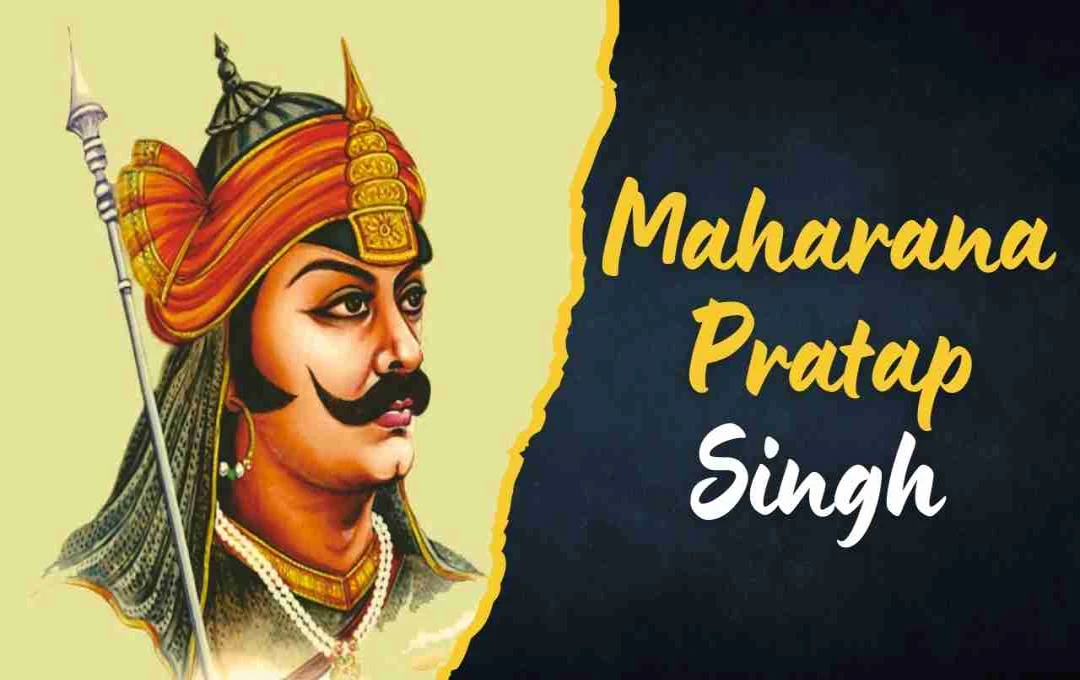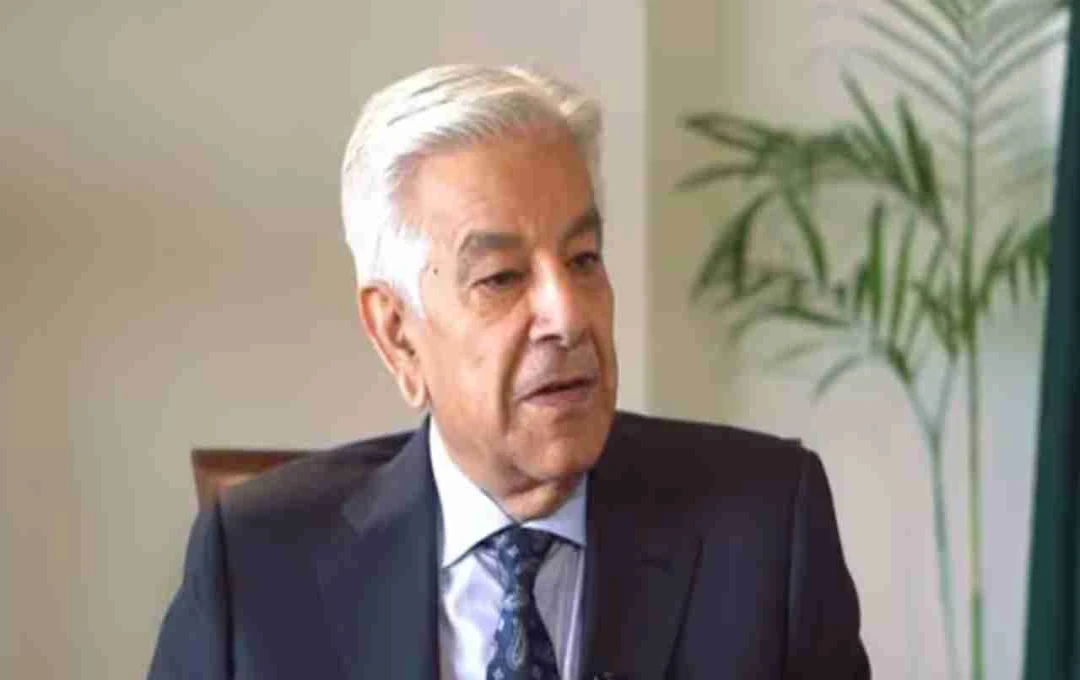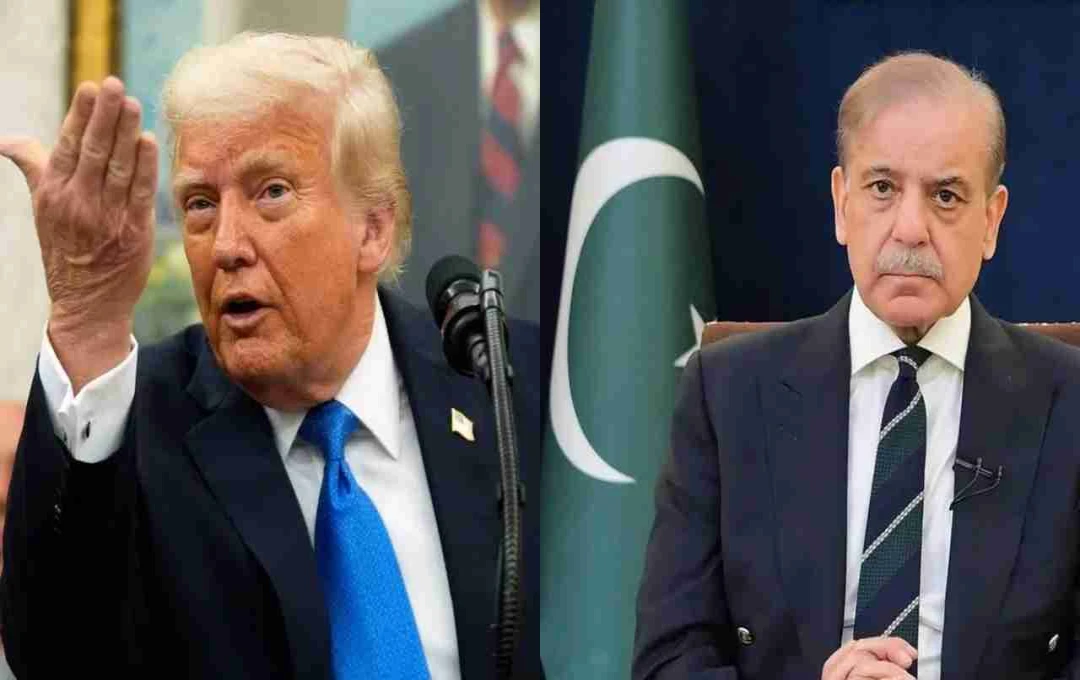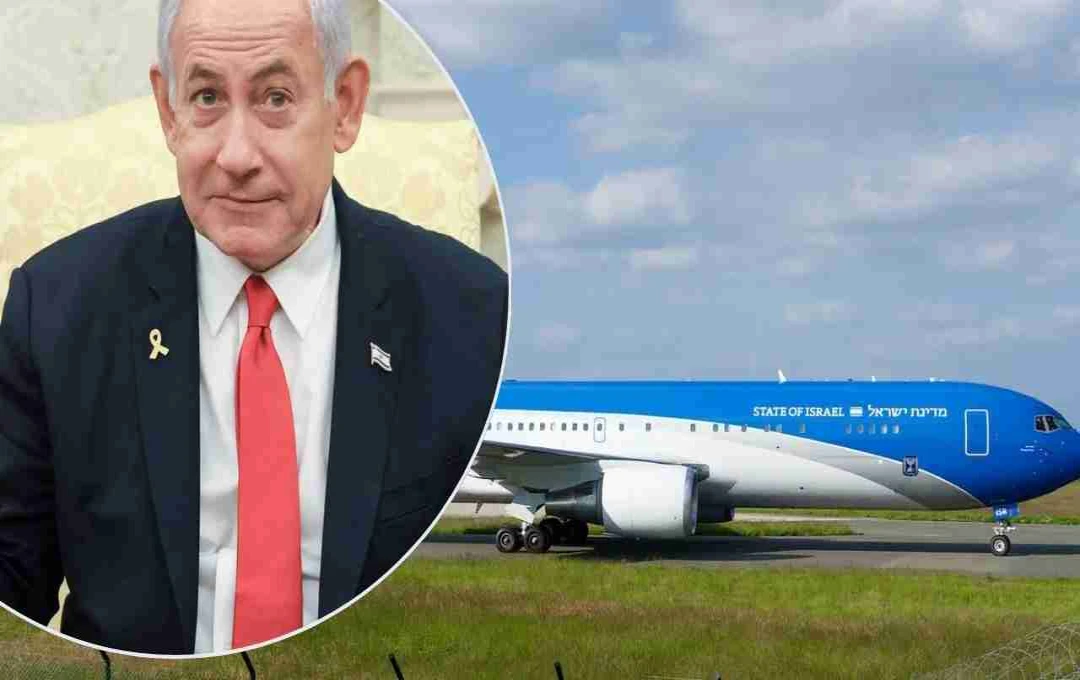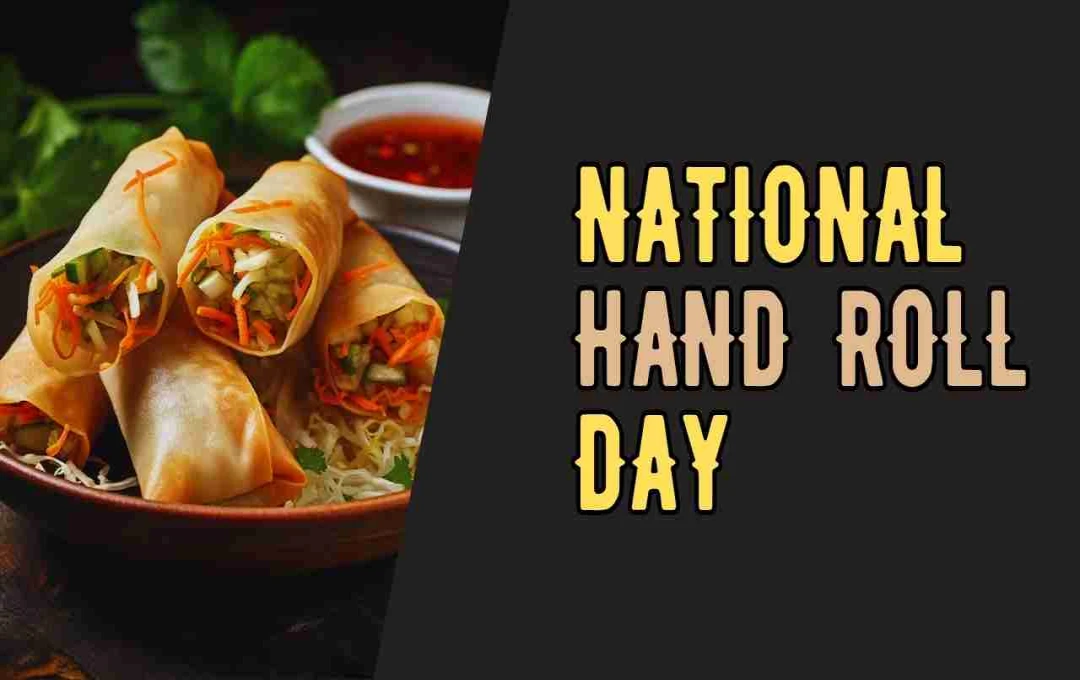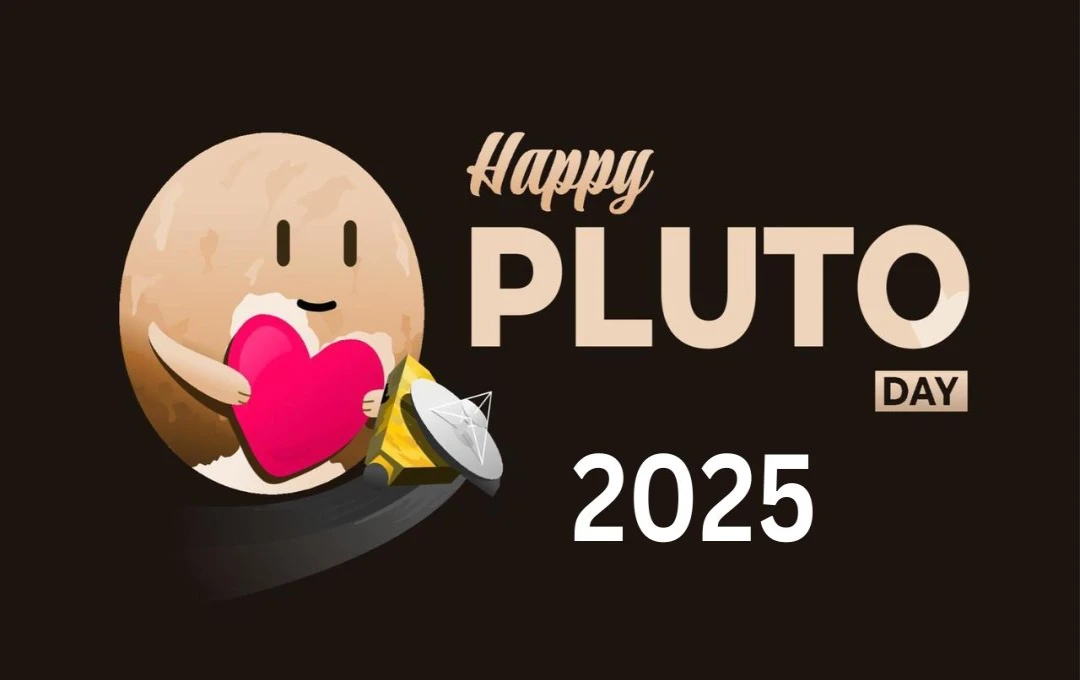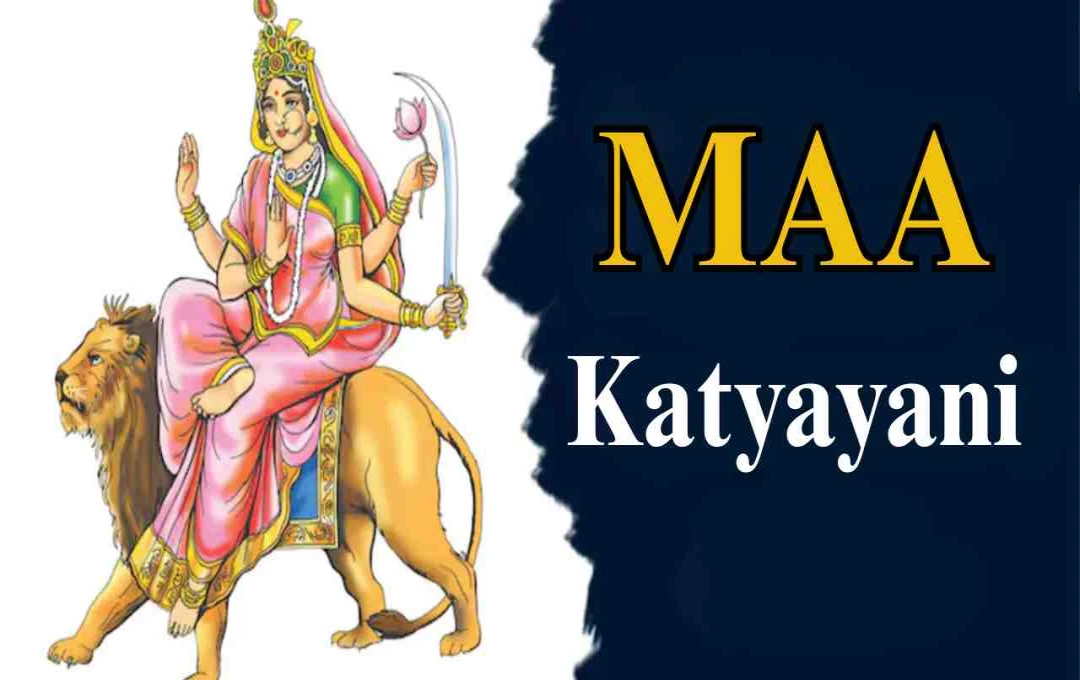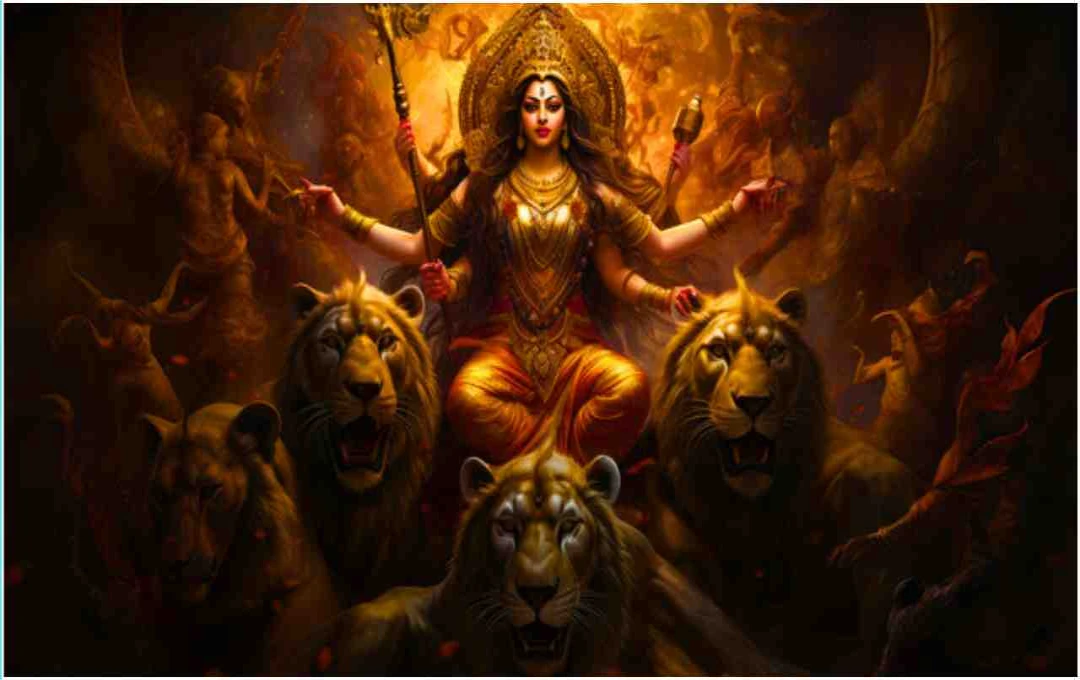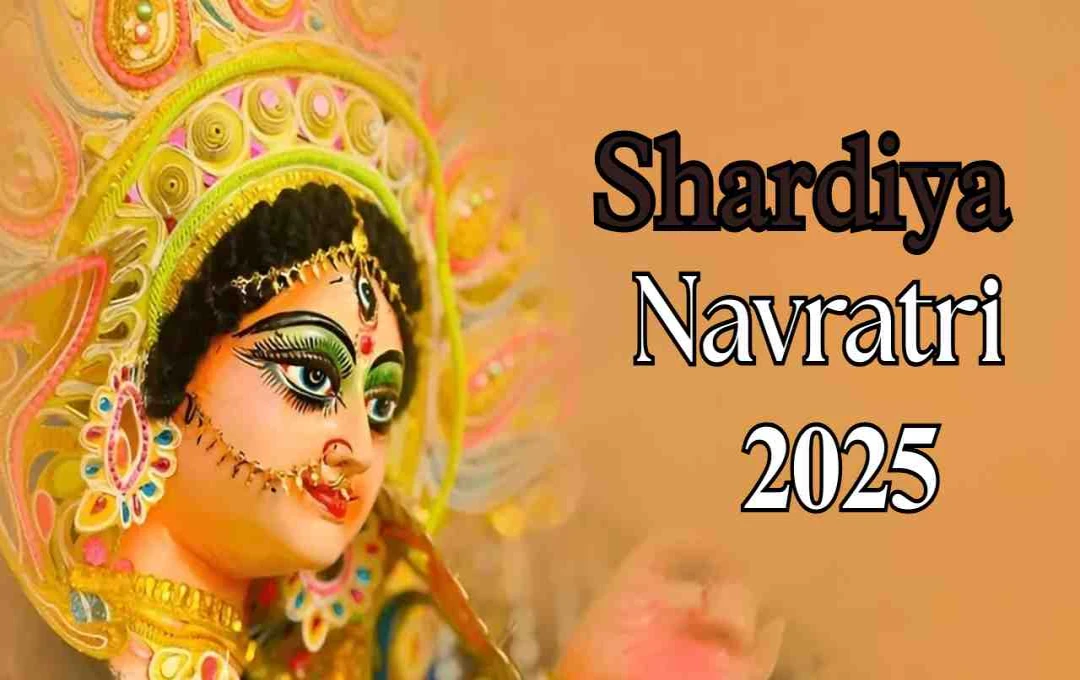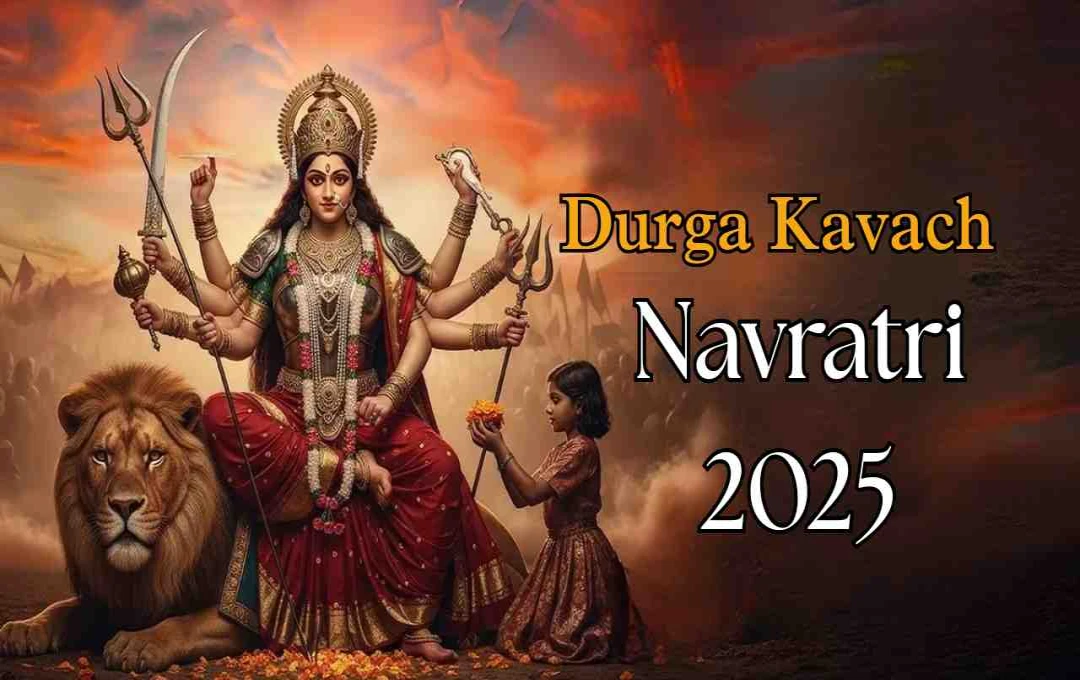Indian history is replete with valiant warriors who sacrificed their lives for the freedom and honor of their motherland. However, only a few names resonate in the hearts of every Indian even today. Maharana Pratap is one such great hero, whose life exemplifies struggle, courage, and dedication. This king of Mewar in Rajasthan steadfastly confronted the tyrannical expansionism of the Mughal Emperor Akbar and relentlessly strived for his independence. In this article, we will discuss Maharana Pratap's life, his struggles, wars, and his contributions in detail.
Early Life and Accession to the Throne
Maharana Pratap was born on May 18, 1540, to King Udai Singh II of Mewar and Rani Jaiwanta Bai. From childhood, Pratap displayed glimpses of courage and determination. He had three younger brothers - Shakti Singh, Vikram Singh, and Jagmal Singh. After Udai Singh's death in 1572, a dispute arose in the court regarding the succession to the throne of Mewar. Rani Dheer Bai Bhatiyani was trying to make her son Jagmal the king, but the senior courtiers of Mewar entrusted the kingdom to Maharana Pratap, as he was the eldest son. Thus, Maharana Pratap ascended the throne as the 54th ruler of Mewar.
Early Conflicts with the Mughals
Emperor Akbar, who was expanding his empire across the Indian subcontinent at that time, first tried to negotiate with Maharana Pratap peacefully. Akbar repeatedly proposed that he come to his court and become his subordinate, but Maharana Pratap rejected this. Akbar sent several envoys against him, including Mansur Khan, Man Singh, Raja Bhagwant Das, and Todar Mal, but all these efforts failed. Maharana Pratap did not accept any conditions, be it political allegiance, marital alliances, or combining armed forces.
It is believed that a unique reason for the dispute between Akbar and Maharana Pratap was an elephant named Ram Prasad. Akbar repeatedly asked Maharana Pratap for this elephant, but Pratap refused to give it. This further increased the tension between the two.
The Battle of Haldighati
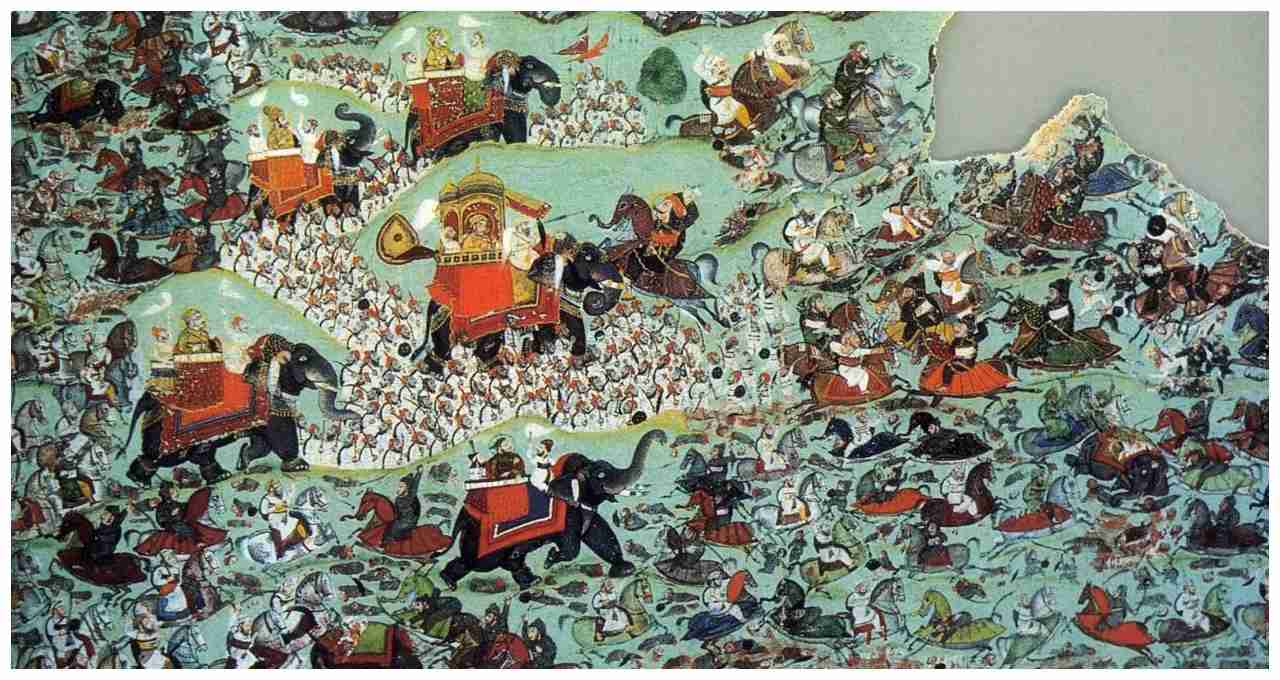
In 1576, a historic battle took place between Maharana Pratap and the Mughal army near Haldighati. This battle is considered a great battle in Indian history. In this battle, Maharana Pratap had about 3,000 cavalry and 400 Bhil archers, while the Mughal army, led by Man Singh, numbered about 10,000. The battle lasted for more than three hours, in which Maharana Pratap was injured and eventually had to retreat with his army into the winding hilly terrain.
The Mughal army was victorious in the battle, but the event of Maharana Pratap surviving and flying like a peacock immortalized his bravery in history. Especially, a commander from the Jhala family sacrificed his life to save Maharana Pratap's life, giving Pratap a chance to retreat from the battle. The Mughals certainly won the Battle of Haldighati, but they were not successful in capturing or killing Maharana Pratap.
Post-Haldighati Struggle and Re-conquest
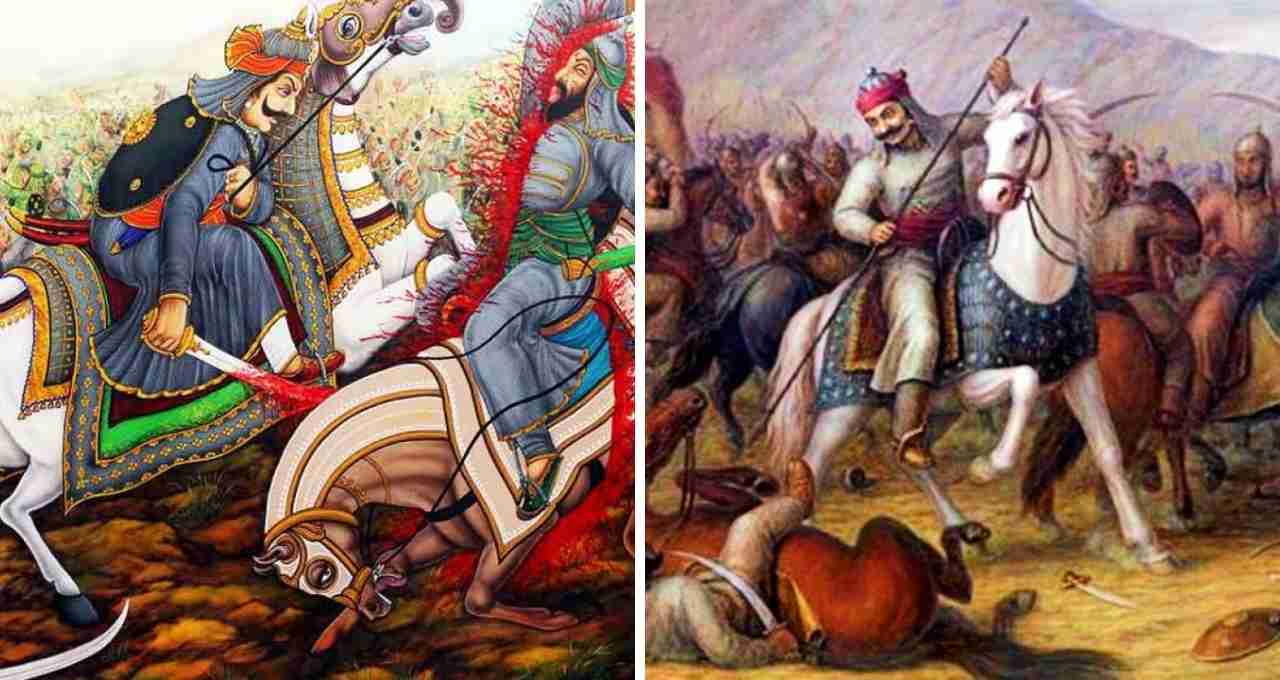
After the Battle of Haldighati, the Mughal army captured several key areas of Mewar, such as Gogunda, Udaipur, and Kumbhalgarh. Shahbaz Khan Kamboh also attacked Mewar several times and established Mughal control. These attacks weakened Maharana Pratap's strategic dominance, but he did not give up.
In 1584, Akbar again attacked Mewar, but Maharana Pratap's army defeated them again. After this, Akbar did not launch any major attacks on Mewar for about 12 years. During this period, Maharana Pratap strengthened his army, regained many areas, and revived Mewar's agriculture, economy, and trade.
Patron of Art and Culture
Maharana Pratap was not only a warrior but also a b patron of art and culture. His court was in Chavand, where he patronized poets, painters, and artists. During this period, the Chavand school of art developed, which is considered an important part of Rajasthan's painting. Artists like Nasiruddin were active in his court, who created many religious and heroic paintings.
Final Time and Legacy
Maharana Pratap passed away on January 19, 1597, in Chavand due to a hunting accident. He was only 56 years old. At the time of his death, he ordered his son, Amar Singh, never to bow down to the Mughals and to recapture Chittorgarh. This message of his life is still considered a symbol of freedom and valor in Indian history.
Emperor Akbar was deeply saddened upon hearing the news of Maharana Pratap's death. Dursa Ara, a poet in the Mughal court, praised Maharana Pratap, honoring his bravery and struggle.
Maharana Pratap's life is a symbol of courage, freedom, and unparalleled determination. Despite the immense pressure of the Mughal Empire, he never compromised to protect his self-respect and motherland. His struggle still evokes a sense of patriotism in the heart of every Indian and teaches us that true bravery lies in standing firm for one's ideals. Maharana Pratap's history will always remain a source of inspiration.
